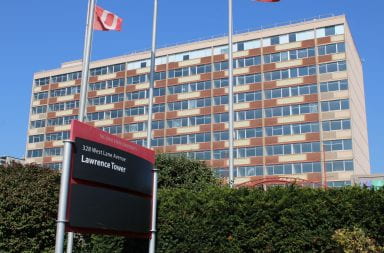While problems with Ohio State’s new payroll system still arise, administrators are trying to iron out the wrinkles.Since Administrative Resource Management System, or A.R.M.S., began on Sept. 1, staff have been underpaid, overpaid and given incorrect credits for vacation and sick-leave time. The system, which was on a 90-day trial period, was designed to quicken business transactions throughout campus administrative offices.Larry Lewellen, acting vice president for the Office of Human Resources, said that the office had hoped to have all the problems resolved before the trial period had expired.”Not all of the bugs have been worked out yet,” Lewellen said. “We have fewer, but we still have some.”On Oct. 10, 734 campus faculty and staff paychecks came up short, but human resources was able to include supplemental checks to make up the differences, Lewellan said.”It was still a big brouhaha to have that many checks short even though we rectified the problems,” Lewellen said.A University Communications employee’s check stub, received Oct. 31, listed 20 hours of sick leave, but the actual accumulation was 1,000 hours, Lares said.”I have not talked to one person who says it is great,” said Nancy Lares, an administrative associate in University Communications. “Everyone I know dislikes it.”However, not all of the departments on campus have had problems.”We are optimistic,” said Cristal Penn, purchasing coordinator for the College of Pharmacy. “They are listening to us and things are getting better.”Steven Cotter, division administrator for Gastroenterology in OSU Hospitals, has speculated why some departments have problems and others don’t.”I have 16 monthly (paid staff members) and five or six weekly, so that is not a huge number,” Cotter said. “I’ve talked to people with 40 to 50 people paid. I think that makes a difference.”Cotter said that the balances of the year-to-date information in his department have been inaccurate, but otherwise, they are doing fine.Lewellen said that human resources hopes to have the problems rectified by the end of 1997.


